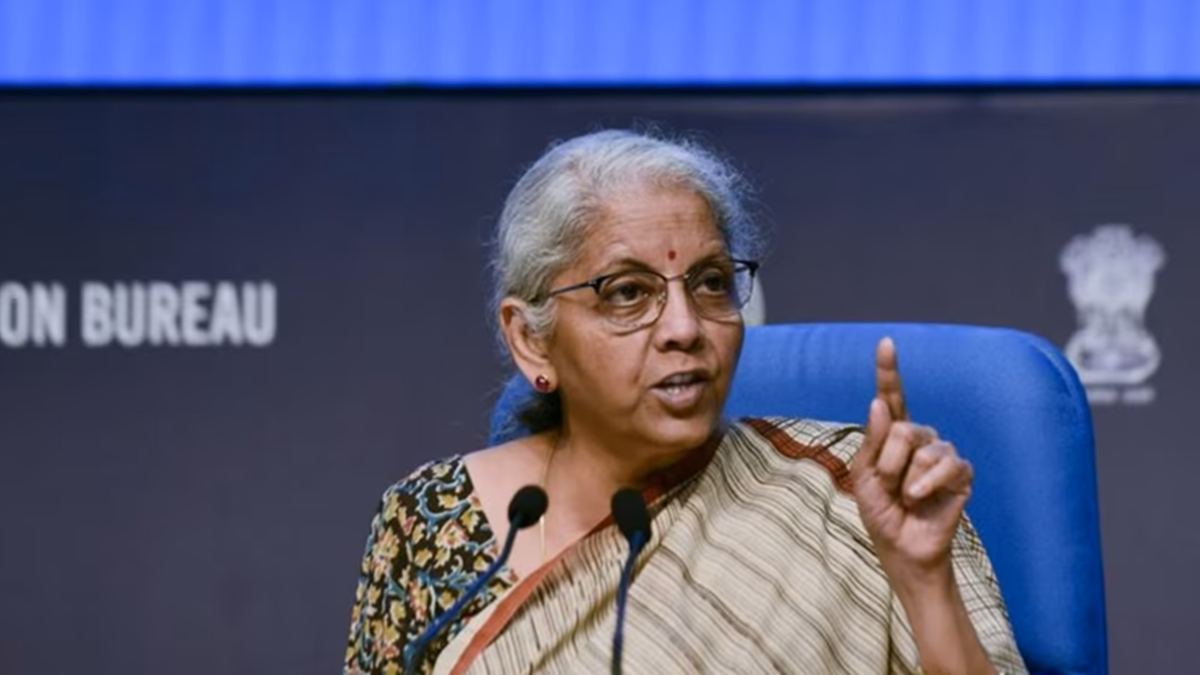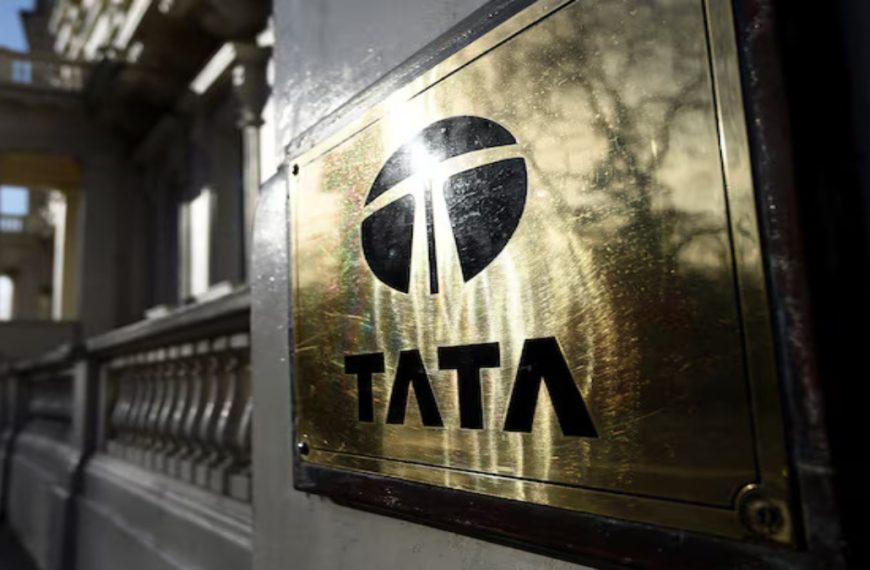To sustain India’s growth trajectory over the next twenty years, bold reforms, enhanced domestic capabilities, and strategic partnerships are essential, according to Finance Minister Nirmala Sitharaman. Speaking at the Hoover Institution in San Francisco, she emphasized the importance of adapting to the dynamic global landscape to ensure long-term success.
Transformative Policies for Economic Growth
During her address, Sitharaman highlighted that recent budgets have laid the groundwork for vital transformations, introducing a comprehensive policy agenda aimed at multiple sectors.
- Emphasizing Manufacturing: A significant focus on manufacturing is crucial for harnessing the potential of India’s youthful workforce. This strategy aims to decrease import reliance and establish competitive global supply chains.
Despite the challenges posed by current global developments, which she described as “formidable,” Sitharaman pointed out the wealth of opportunities for collaboration between the United States and India. Key sectors ripe for cooperation include semiconductors, power generation, quantum computing, and pharmaceuticals.
Navigating Global Challenges
The International Monetary Fund (IMF) has recently revised India’s growth forecast downwards by 30 basis points to 6.2% for FY26, attributing this to escalating trade tensions and overall global uncertainty.
Sitharaman reiterated the importance of staying committed to India’s long-term vision of becoming a developed nation by 2047, marking a century of independence. She stated, “As we build a foundation for a developed India, it’s vital to focus on our long-term objectives while acknowledging present circumstances.”
Infrastructure as a Growth Catalyst
A substantial increase in the central government’s capital expenditure—from four times between 2017-18 and the 2025-26 budget—has set a robust foundation for manufacturing-led growth, boosting investor confidence.
“Our next step involves minimizing regulatory hurdles, digitizing approval processes, and integrating micro, small, and medium enterprises (MSMEs) into global value chains. Special initiatives to support women-led and rural businesses will further enhance economic opportunities and promote inclusive growth,” she added.
Structural Reforms Driving Economic Change
Over the past decade, the Indian government has implemented numerous structural reforms, including the rationalization of over 20,000 compliance requirements, decriminalizing business laws, and digitizing public services to streamline processes.
Sitharaman emphasized the long-standing economic partnership between the US and India, which could be further strengthened through enhanced industry collaboration and investments in key sectors.
The Role of Manufacturing in Economic Resilience
Highlighting the pivotal role of manufacturing, she stated that it serves as a catalyst for growth in the services sector, rather than the reverse. Manufacturing not only generates employment but also fosters community cohesion and financial stability.
“To address the needs of our youthful workforce, it is essential to ramp up manufacturing, reduce import dependencies, and strengthen competitive supply chains,” she stressed. The government aims to elevate the manufacturing sector’s contribution to India’s GDP from 12% to 22-23%.
While the services sector currently contributes approximately 64% to India’s GDP, Sitharaman pointed out the rapid growth of the gig economy. As of 2021-22, around 7.1 million people were part of the gig economy, with projections estimating this number could surge to 230 million by 2030.
Despite the service sector’s significant impact on GDP and employment, Sitharaman firmly believes that manufacturing cannot be overlooked in India’s economic landscape.
In conclusion, a holistic approach that combines innovation, collaboration, and structural reform is essential for India to navigate the complexities of the global economy and achieve its ambitious growth targets.











